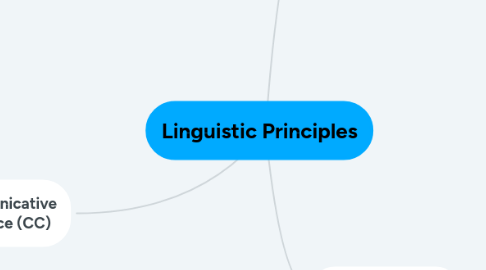
1. 12. Communicative Competence (CC)
1.1. Refers to
1.1.1. communicative competence want to achieve the use to language with fluency, not with accuracy but that is authentic, students can use it in real and not only applied to the classroom contexts.
1.2. Has these components
1.2.1. 1. Organizational competence (grammar and discourse)
1.2.2. 2. Pragmatic (functional and sociolinguistic)
1.2.3. 3. Strategic competence
1.2.4. 4. Psychomotor skills.
1.3. Suggestions
1.3.1. 1. Remember that grammar and the others components functional, sociolinguistic, psychomotor, and strategic are important of CC.
1.3.2. 2. Some pragmatic aspects are very difficult then make sure your lessons aim to teach subtle.
2. 11. Interlanguage
2.1. According with text
2.1.1. People tend to learn a L2 by stages and in this process it is important make an effective feedback (especially teachers).
2.2. Characterized by
2.2.1. 1. Systematic: sounds, words, structures and discourse. (rules)
2.2.2. 2. Dynamic: rules can change
2.2.3. 3. Variable: context in which the students receive language
2.3. Some suggestions
2.3.1. 1. Try to distinguish the interlanguage errors.
2.3.2. 2. Don’t make a student feel stupid
2.3.3. 3. Give the message that mistakes are not bad
3. 10. The Native Language Effect
3.1. According to the text
3.1.1. The native language of learners exerts a strong influence on the acquisition of the target language system.
3.2. Characterized by
3.2.1. Interference
3.2.1.1. Think in spanish
3.2.2. Faciliting
3.2.2.1. associate between native language and L2

